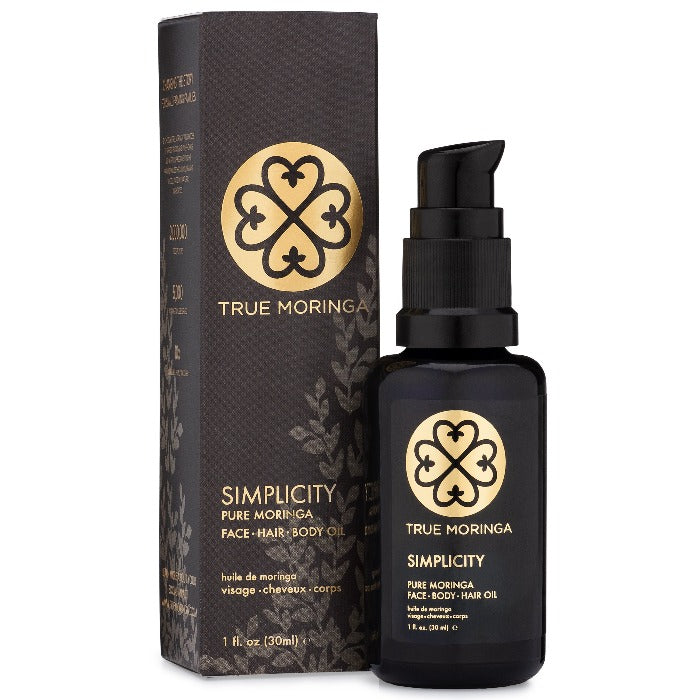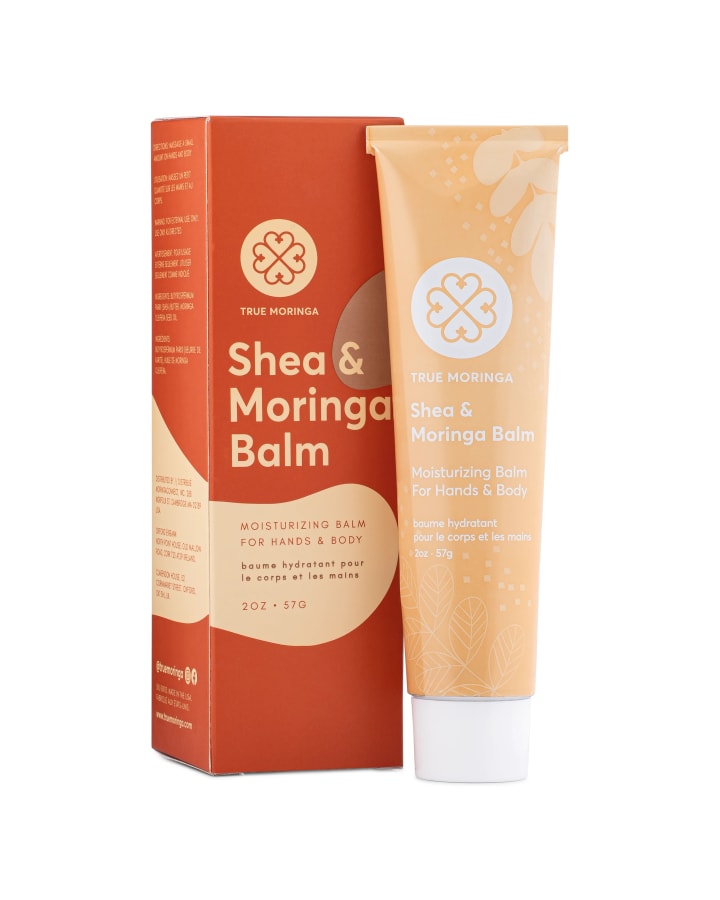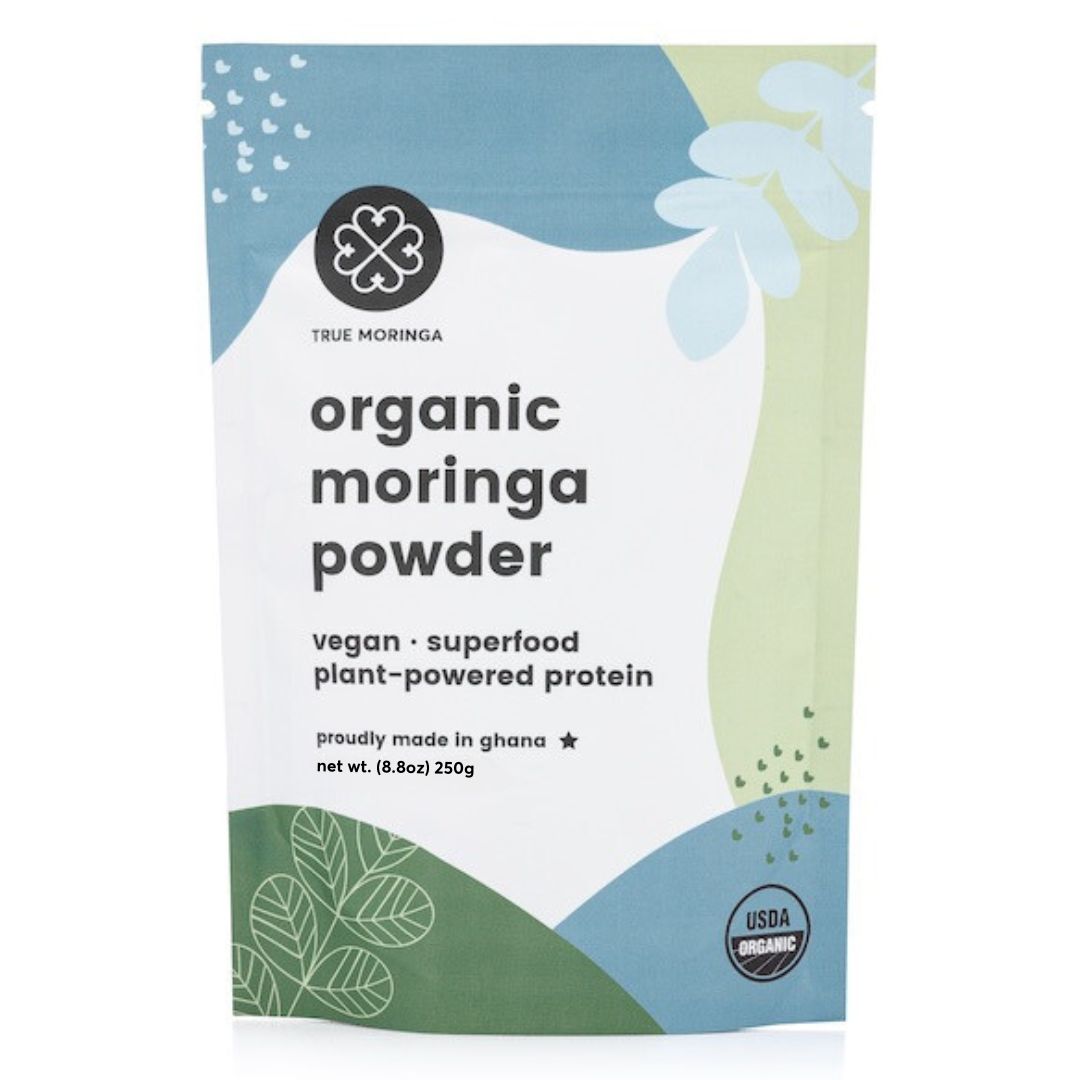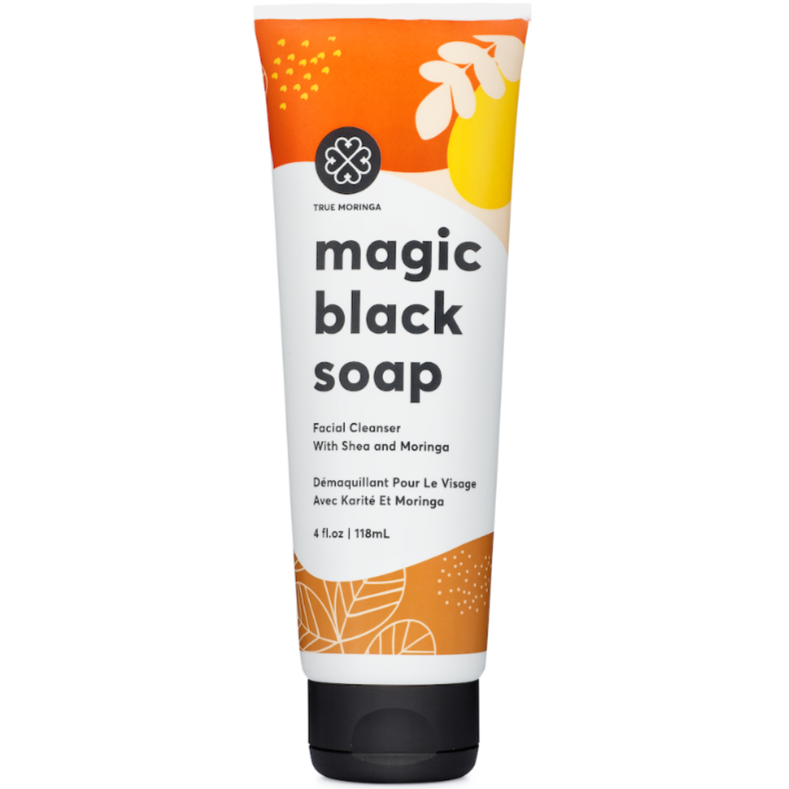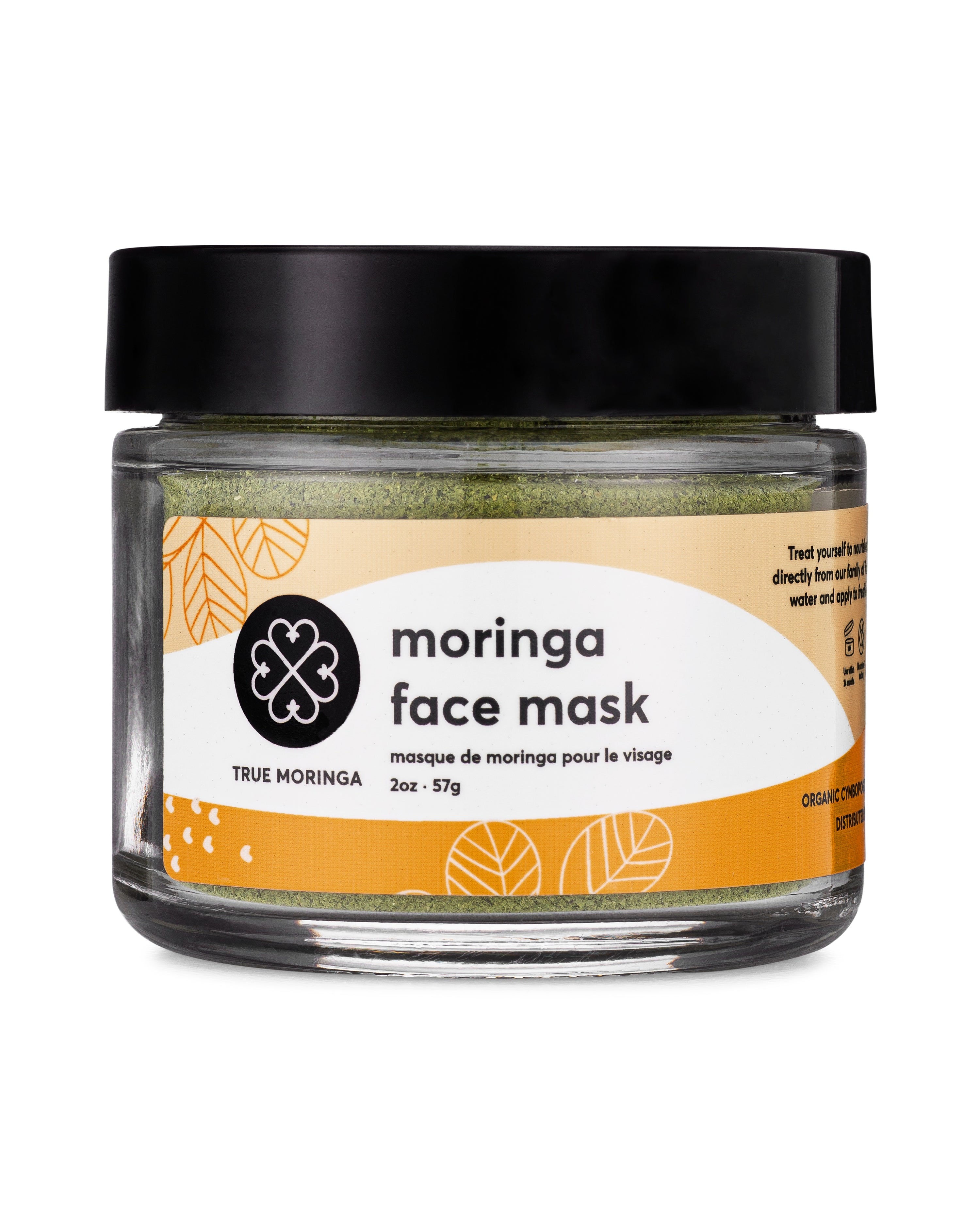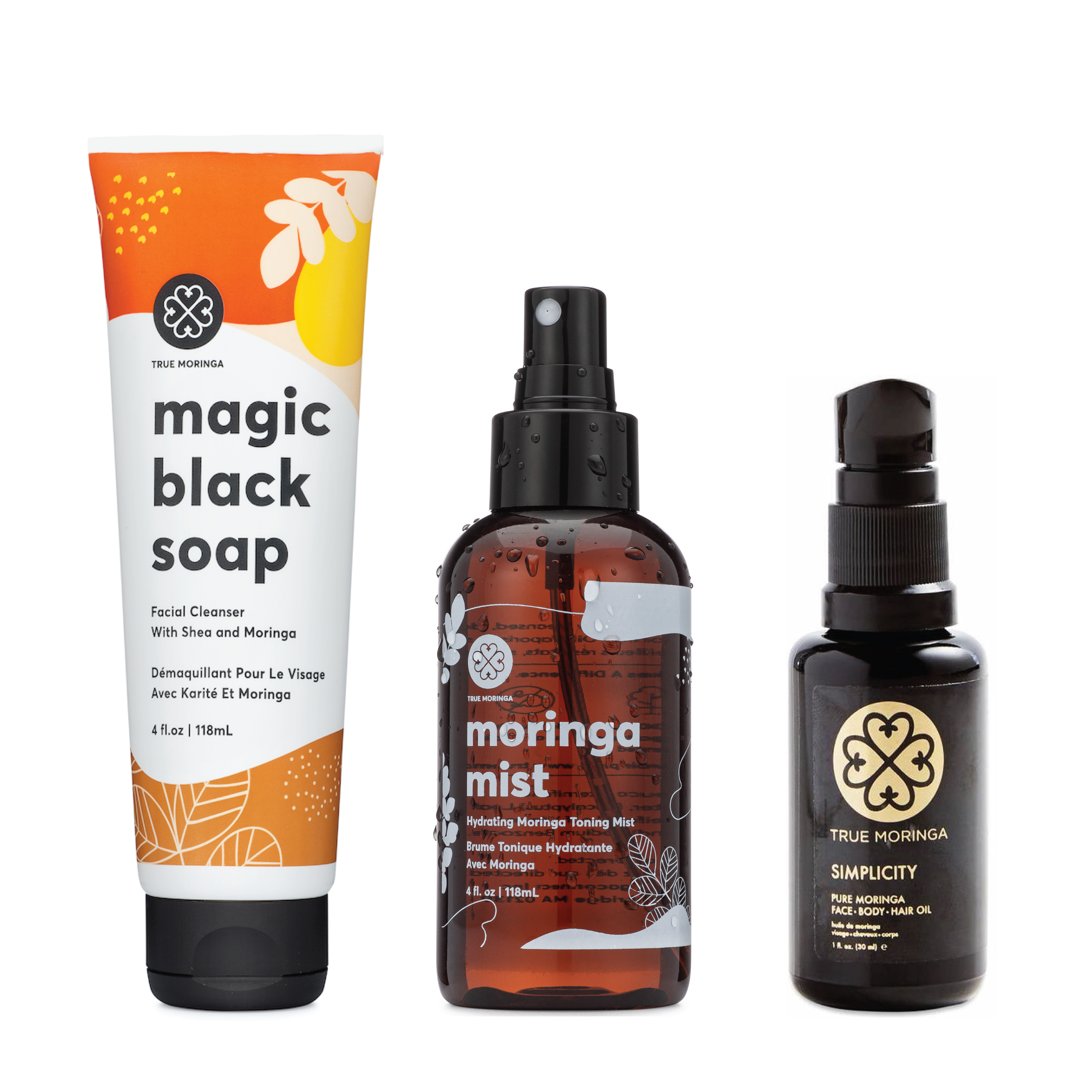


SKIN ANATOMY 101: KNOWING HOW YOUR SKIN WORKS CAN HELP YOU CARE FOR IT
As you probably already know, the skin is a key organ when it comes to detoxifying the body. It’s also the largest organ --which makes sense since it covers the entire body. But did you know it’s also made up of multiple layers and has tons of other functions? Here is a quick breakdown of the layers and what they do plus some tips on how you can keep them working optimally.
There are 3 layers that make up the skin:
1. The epidermis (the outermost layer)
This layer is made up of another 5 cell layers that have a variety of functions such as producing cells that regulate the color of our skin, cells of the immune system to protect our skin from infections, as well as a lipid (or fatty) barrier that maintains hydration, firmness, softness. This is also where hyaluronic acid is found in high concentrations— that wonderful compound that helps us retain moisture and ‘plumpness’ of the skin. There are no blood vessels here. Basically this is the covering, protective layer.
2. The dermis (the middle layer)
This is where collagen, elastic tissues and reticular fibers are found. This is also where hyaluronic acid is found in high concentrations— that wonderful compound that helps us retain moisture and ‘plumpness’ of the skin. There are hair follicles and sebaceous glands (glands that produce oil) in this layer. The first signs of skin aging start in this deeper layer; as we age this layer becomes thinner and we see things like wrinkles and sagging begin to develop.
3. The hypodermis or subcutaneous (the innermost layer)
This is basically a layer of fat and it provides cushion and volume. It is important to maintain a healthy balance of this layer as too little fat can make us appear prematurely aged; particularly when the face loses too much volume.
So you can see how all the layers, and the components within each layer, need to be maintained and nourished for healthy, youthful appearing skin. Fats need to be maintained to keep the skin hydrated which keeps the skin soft as well as plump but there also has to be a healthy amount of collagen and elasticity to give skin that ability to stretch and bounce back without forming wrinkles or laxity.
What can you do to maintain this balance?
- Keep up a regular skincare regimen without overdoing exfoliation
- Incorporate good moisturizer and even a good topical antioxidant oils, and make SURE to wear SPF on your face ..even when it’s not sunny!
- More important than a good skincare routine is a routine to nourish skin from within: maintain a well-balanced diet and hydration intake adequate for your lifestyle loaded with antioxidants and variety of nutrients, exercise regularly, take time for yourself (stress affects our skin too!).
RESOURCES:
Marks, James G; Miller, Jeffery (2006). Lookingbill and Marks' Principles of Dermatology (4th ed.). Elsevier. pp. 1–7
Downing, DT; Stewart, ME; Wertz, PW; Colton, SW; Abraham, W; Strauss, JS (1987). "Skin lipids: An update". The Journal of investigative dermatology 88 (3 Suppl): 2s–6s
Nadia Musavvir is the founder of Integrative Aesthetics. She is a health and beauty expert with a doctorate in naturopathic medicine offering a whole-person view in addressing health and beauty concerns from the inside out. Be sure to visit www.integrativeaesthetics.com and sign up to get your free guide on how your skincare routine might be aging you!

